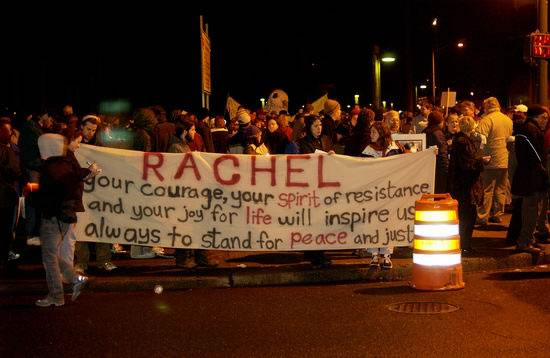By guest contributor Michael D. Knox, Ph.D.
Since the end of World War II, the United States has bombed more than 25 countries. In these 68 years, no other nation has killed and injured more people living outside its borders. We have more nuclear weapons, more chemical weapons, and more soldiers than all other nations combined.

In 2014, the U.S. continues drone and missile attacks on residential neighborhoods in Afghanistan, Pakistan, Iraq, Somalia, Libya, and Yemen. We use concentration camps, torture, assassination, threats of war, and spying on our own people.
The invasions, the killing of thousands of children, the suffering of the wounded, the torture, the environmental impact, and so on, occur only because of support provided by professionals, educators, and scientists whose ethical standards should preclude any involvement with war.
These specialized experts include university professors, scientists, healthcare providers, journalists, engineers, teachers, and the clergy. Modern U.S. wars could not be fought without the complicity of these respected groups. Such groups were also part of the German war machine.
If you are a member of a group with ethical standards, be aware of what contributions your colleagues may be making to the U.S. war efforts. Consider how ethical standards apply, hold violators accountable, and do what you can to get your profession out of the war business.
All Americans, regardless of occupation, should consider what they are doing to sustain war. Without citizen support there would be no U.S. warfare. Please consider what you might do to show your opposition to the bloodshed. Examples of what other Americans have done are recorded in the US Peace Registry.
Michael D. Knox, Ph.D., is distinguished professor emeritus at the University of South Florida, Tampa, and chair of the US Peace Memorial Foundation. He is also editor of the US Peace Registry. Dr. Knox’s work is now focused on recognizing Americans who have had the courage to publicly oppose one or more U.S. wars www.uspeacememorial.org/WorldPeace.htm.


